We explain what arthropods are, what their diet is like and their classification. In addition, its general characteristics, reproduction and more.
What are arthropods?
Arthropods are the phylum (from Latin phylum : classification) of invertebrate animals with the most complex organization that exists. They are the most numerous on the planet , adapted to all types of environment , which means that they are the animals with the greatest evolutionary success. The name arthropod means "jointed legs."It is estimated that there are more than 1,200,000 species of arthropods in the world , classified according to four large groups: arachnids, crustaceans , insects and myriapods . This represents 80% of the known animal species . Of all the classes of arthropods, insects are the most numerous.
From its relationship with annelids (earthworms and worms), it is speculated that arthropods could evolve from that other phylum. Evidence of this is the similarity between the body of annelids and the abdomen of insects and crustaceans, or the larval stage (caterpillars and larvae) of certain insects. This edge would have appeared about 570 million years ago.
Characteristics of arthropods :
-
Feeding
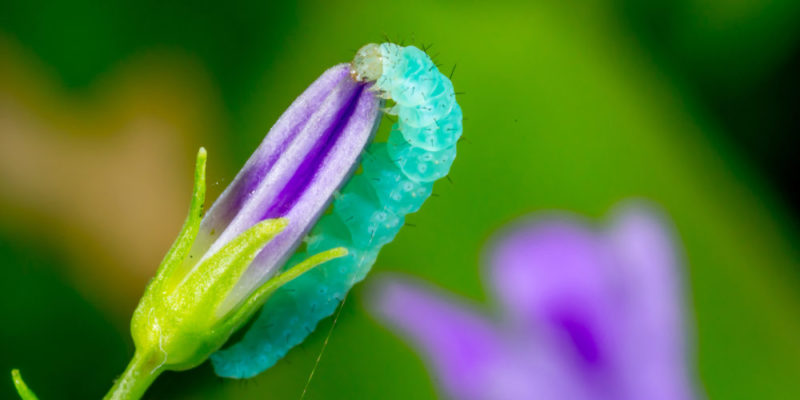 Arthropods, in their infinite evolutionary capacity, have different feeding mechanisms , such as:
Arthropods, in their infinite evolutionary capacity, have different feeding mechanisms , such as:
- Herbivores They feed on algae , leaves, stems, fruits or various plant substances, such as wood itself. A good example of this are caterpillars.
- Predators . They feed on other animals, whether or not they are arthropods, constituting active and fearsome predators, such as spiders or scorpions .
- Parasites They feed on the substances of other larger animals, such as blood , drawing it directly from their bodies. A good example of this are fleas, lice and ticks.
- Decomposers. They feed on decomposing organic matter, taking advantage of the body of dead animals, fallen leaves or food remains, waste, etc. For example, flies and cockroaches.
Classification
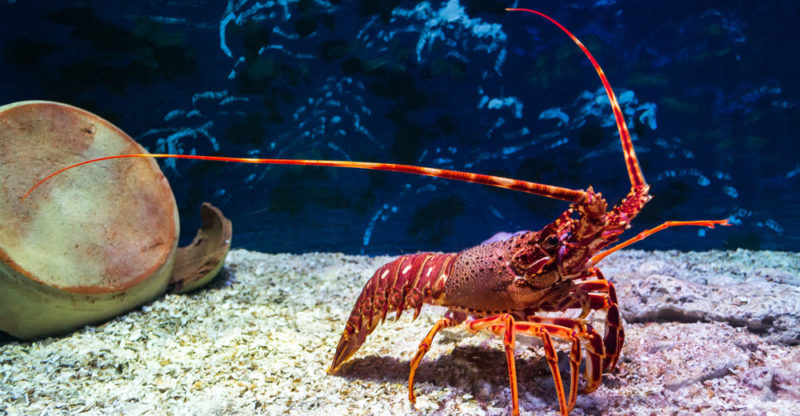
As has been said, arthropods can be classified into four large groups:
- Arachnids. Like spiders, scorpions, and ticks.
- Insects The most varied and numerous, ranging from cockroaches, butterflies and fleas, to praying mantises and dragonflies.
- Crustaceans. Mostly aquatic, such as lobster or crab, but also the scale of humidity, adapted to the land.
- Myriapods. Endowed with multiple legs and long bodies, as well as chelicerae, such as centipedes and millipedes.
-
Breathing
Those provided with lungs have them in a folding structure (book lungs) , which appear into the air through independent openings. Those with tracheas, on the other hand, which are the majority, breathe through a series of tubes that communicate to the outside.
Reproduction

Arthropods reproduce sexually and oviparously . The female, upon being fertilized, lays eggs from which the offspring will emerge, whose development may be direct or indirect, namely:
- Direct. An individual identical to the adult, although smaller in size, emerges from the egg.
- Indirect. A larva that is different from the adult individual emerges from the egg, which must go through different stages of profound change ( metamorphosis ) until it becomes adults or imagos .
-
Privileged vision
Unlike many vertebrates , many arthropods can see certain spectra of near ultraviolet light , as well as having very rich color differentiation. Some species of crustaceans have thirteen different pigments for the observation of each color, while primates (and humans ), we only have three.
Articulated appendages
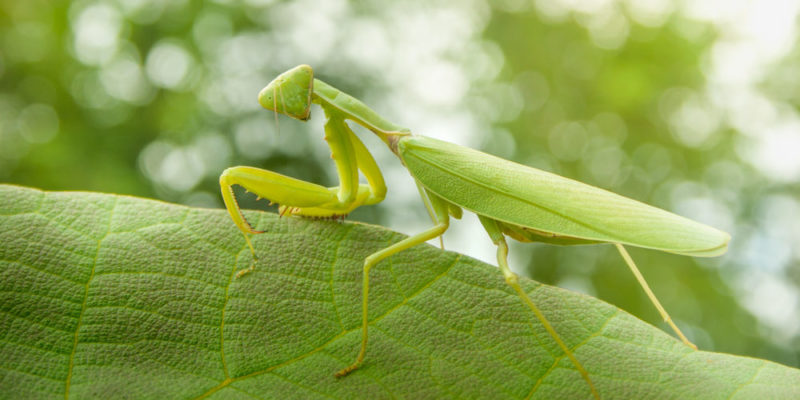
This is one of the main characteristics of arthropods: their legs and body are made up of different segments joined through joints, which allows them a precise, fast and diverse movement.
This, in addition, has allowed the evolutionary creation of different forms of appendix , such as chelicerae, antennae, pincers or chelicerae, etc.
-
Segmented bodies
Chitin exoskeletons
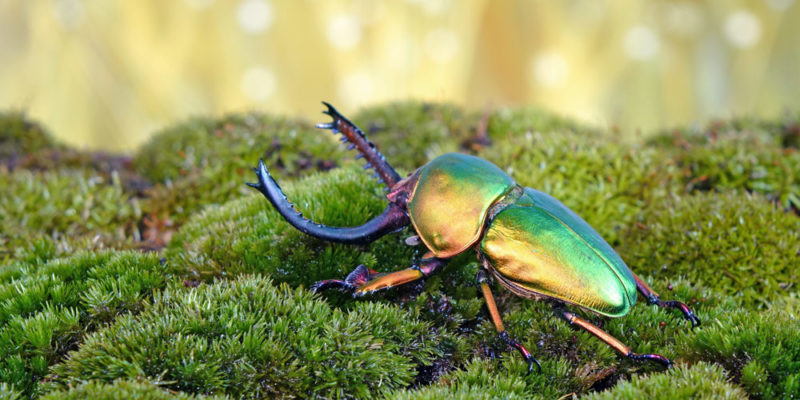
The body of arthropods is protected from the elements and from its rivals or predators by a chitin skeleton, which is not found inside the body like ours (endoskeleton), but outside (exoskeleton).
This is an impediment to the growth of the animal , however, so the skeleton must be changed in several stages throughout its life , allowing the development of a new one, adapted to the new dimensions of the animal. This process is known as ecdysis or molt .
-
Hemolymph
Perception through sensilias
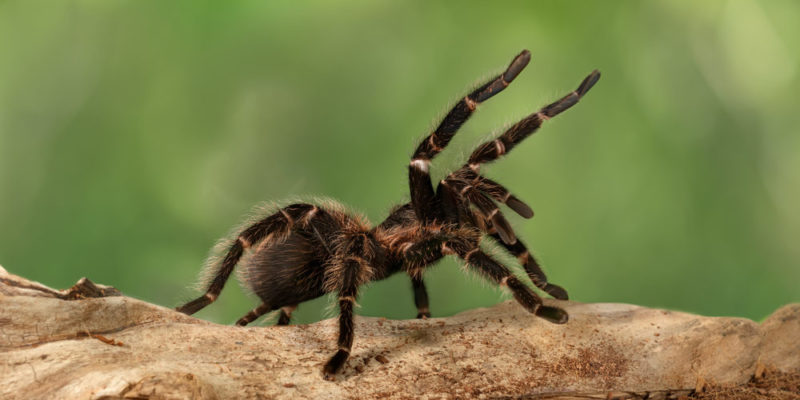
The basic sensory units of arthropods are called sensilias , located throughout the body of these animals, being able to capture external and internal stimuli at the same time. This gives them a very high capacity for perception of their environment, partly responsible for their evolutionary success.
The above content published at Collaborative Research Group is for informational and educational purposes only and has been developed by referring reliable sources and recommendations from technology experts. We do not have any contact with official entities nor do we intend to replace the information that they emit.
MA student of the TransAtlantic Masters program at UNC-Chapel Hill. Political Science with a focus on European Studies. Expressed ideas are open to revision. He not only covers Technical articles but also has skills in the fields of SEO, graphics, web development and coding. .
Leave a reply
Your email address will not be published. Required fields are marked *Recent post

Sport: What Is It, Types, Risks, Features, Characteristics and Examples

Dogs: Emergence, Features, Characteristics, Feeding and Breeds

Story: Definition, Elements, Structure, Features and Characteristics

